Style / Format Guidelines
Follow these guidelines closely! Submissions that do not conform to these guidelines will not be accepted.
Format:
Formal (Third Person)
Font size is 12, Calibri
Single-spacing only
Margins are 1"
Simple formatting
General Considerations
Please ensure that all patient data has been de-identified or that you obtained the necessary patient consent if you are including any identifiable data or images
Cover Page
Title
Do not include the words “a case report” or “an evidence-based case report” in the title. Describe what is of greatest interest to you about the case or evidence. This could be the presentation, the diagnosis, a test result, the intervention, or the outcome.
Authors Information
List the full names, degrees, affiliation, and contact of each author, in order of presentation.
Word Count
Approx. 2,000 words. Include the word count for the entire paper, excluding title page, title, abstract and references.
Keywords
List 2-4 keywords that best describe your paper and will help potential readers search for and find this case report.
Funding Sources/Disclosures
List any disclosures.
Acknowledgments
List any acknowledgments (people, or organizations that assisted)
Author Contributions
List contributions. For example: "T.S. and D.M. led paper. A.P.C. supervised the paper and was the attending for the case. TS led the manuscript. All authors contributed to the final manuscript and approved its content."
Main Manuscript
Title - (Again)
Abstract
In about 200 words summarize the following information, if relevant:
Rationale for case report
Presenting concerns of patient (i.e. chief complaints, symptoms, or diagnoses)
Interventions (i.e. diagnostic, preventive, prognostic, therapeutic exchange)
Outcomes
Main lesson(s) to learn from this case report. Emphasize the learning points.
Introduction
Briefly summarize the background and context of this case report. Cite literature as needed. Why is this case important and why did you write it up? State the objectives of your case report.
Case Presentation
Describe the patient characteristics (such as the relevant demographics—age, gender, ethnicity, occupation) and their presenting concerns, with details of relevant past interventions.
This is the patient’s story – but please be sensitive to patient confidentiality.
How did they present?
What is the relevant history? Why is this relevant?
Explain your findings and how they influenced your decisions
Do not use abbreviations for diseases or investigations. If relevant, describe the:
Medical, family, and psycho-social history
Other pertinent co-morbidities and interventions (other therapies including self-care)
The physical examination (PE), focused on the important findings, including any results from testing
Diagnostic Focus and Assessment (if relevant)
Diagnostic methods (including laboratory testing, imaging results, questionnaires, referral diagnostic information)
Diagnostic challenges (i.e. limited ability to complete an evaluation, patient availability, cultural)
Diagnostic reasoning including other diagnoses considered
Prognostic characteristics (i.e. staging in oncology) where applicable
Therapeutic Focus and Assessment (if relevant)
Types of interventions (i.e. pharmacological, surgical, preventive, lifestyle, self-care)
Administration and intensity of the intervention (including dosage, strength, duration, frequency)
Follow-up and Outcomes (if relevant)
Always include follow up data where you can; it gives readers a clear understanding of outcome. The follow-up period should be defined.
Please describe the clinical course of this case including all follow-up visits as well as:
Intervention modification, interruption, or discontinuation, and the reasons
Adherence to the intervention and how this was assessed
Adverse effects or unanticipated events
Please describe:
Patient-reported outcomes
Clinician assessed and reported outcomes
Important positive and negative test results
The Evidence
Describe the strengths and limitations of this case report, including case management, and the scientific and medical literature related to this case report. Discuss the rationale for your conclusions such as potential causation and the ways this case might be generalized to a larger population. Finally, what are the main findings of this case report and what are the 'take-away' messages?
This is an opportunity to describe the evidence for or against what happened with the case, or how the evidence was used in the case. Describe any guidelines and their relevance, diagnostic pathways (use diagrams if you’d like) and other interesting points.
Did you have to make an exception? Did you have to adapt the evidence?
Learning Points (REQUIRED FIELD)
These are the most crucial part of the case – what do you want readers to remember when seeing their own patients? (3 to 5 bullet points)
Tables and Figures
Illustrative, evidence or summary information about the case.
For example:
Summarize case presentation findings
A timeline that includes specific dates and times in a table, figure, or graphic
Appropriate images to illustrate your point (maintaining patient confidentiality)
Ensure to summarize the evidence presented in a table





